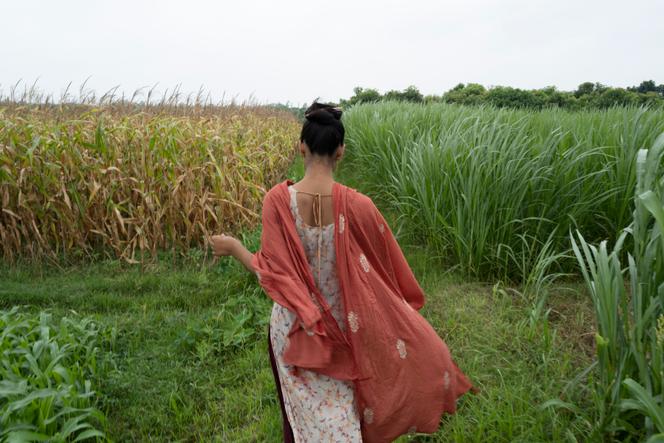


Climate disruption could have some unexpected indirect consequences. The increase in extreme events it causes is linked to a rise in early and forced marriages of young girls, according to a study published in August in the journal International Social Work. The work, carried out by researchers at Ohio State University (USA), brought together 20 investigations conducted between 1990 and 2022 in developing countries in Africa and South Asia, such as India and Bangladesh.
These studies link floods, droughts, cyclones, and soil depletion to rates of child, early, and forced marriage (CEFM). In Bangladesh, in years when a heatwave lasted more than 30 days, the number of marriages of girls aged 11 to 14 increased by 50%. "For example, in some parts of Ethiopia, such as the Oromia region, forced marriage increased by an average of 119% in 2022 during the country's most severe drought in 40 years," said Violaine Gagnet, program director at the NGO Plan International.
According to UNICEF, 640 million women in the world today have been married off as minors. "There have been some changes, however," noted Gagnet. "In 2010, one in four girls aged between 20 and 24 in the world had been married before her 18th birthday. In 2020, the figure will be one in five. Obviously, there are major disparities between regions; in sub-Saharan Africa, for example, the situation is worsening."
The first notable research concerning this connection between natural disasters and increased CEFM dates back to 2002, during an investigation into families’ responses to the 1992 famine in southern Africa. Christopher Eldridge, a researcher commissioned by Save The Children UK noted that families had mitigated the impact of the drought by arranging early marriages for their daughters, motivated by the dowry received at the time of the union, which could bring in extra money or livestock.
Today, poverty and the additional material hardship caused by extreme weather events are still the main explanation for this correlation. "Dowry is a key factor in the link between CEFM and extreme weather events," explained Fiona Doherty, principal author of the study.
Girls living in countries where the groom's family pays money to the bride's family – such as Vietnam or sub-Saharan Africa – have high rates of early marriage in times of drought or flood. Conversely, in regions where tradition dictates that the bride's family pays the groom's, as in India, young girls are less likely to marry during extreme weather events, as their relatives cannot afford the dowry payment.
You have 52.82% of this article left to read. The rest is for subscribers only.
